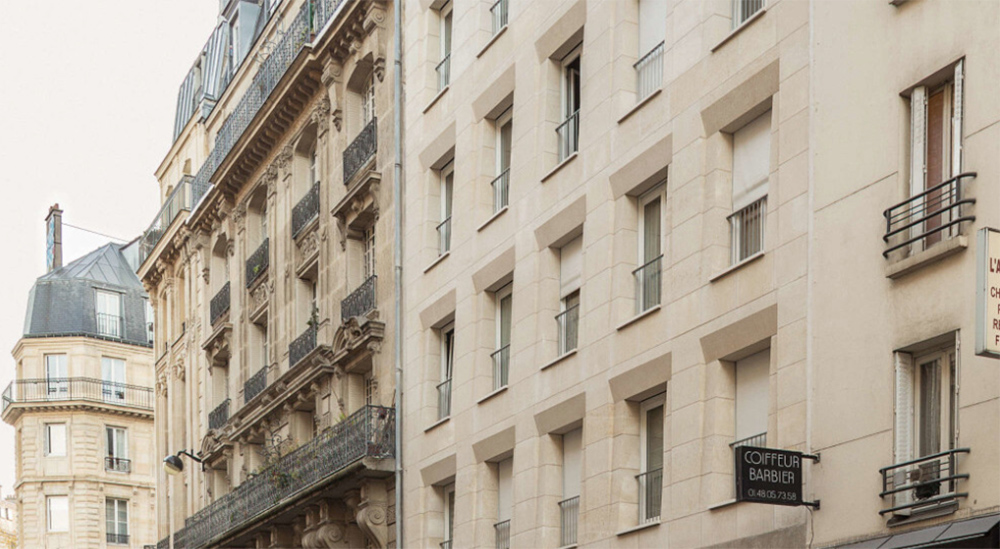Designing for longevity
General description
Building techniques for longevity are characterised by massive envelops out of wood or stone. Another option is a structure made from reinforced concrete with easily adaptable inner layers. Other examples that go into the opposite direction are flexible systems that can be dismantled and re-built again and again for different needs in different locations.
Examples
OBK 27
Paris, France
The entire building has been designed to require minimal maintenance and has a long lifespan, which is particularly beneficial considering the client’s status and the project's social housing nature. This approach is likely to prove cost-effective over the building's lifecycle. Given the longevity of stone, the simplicity of assembly, and the timeless aesthetics, it is crucial to consider CO2eq emissions over a long-term perspective. Although there may be higher emissions during the recycling and disposal phases, the building itself can be used for a significantly longer time compared to conventional constructions. Historical urban multi-storey buildings made of massive stone have endured for hundreds of years, making it realistic to expect that this building can last for more than 200 years with proper care. In comparison, concrete constructions typically have a lifespan of only 50-100 years.